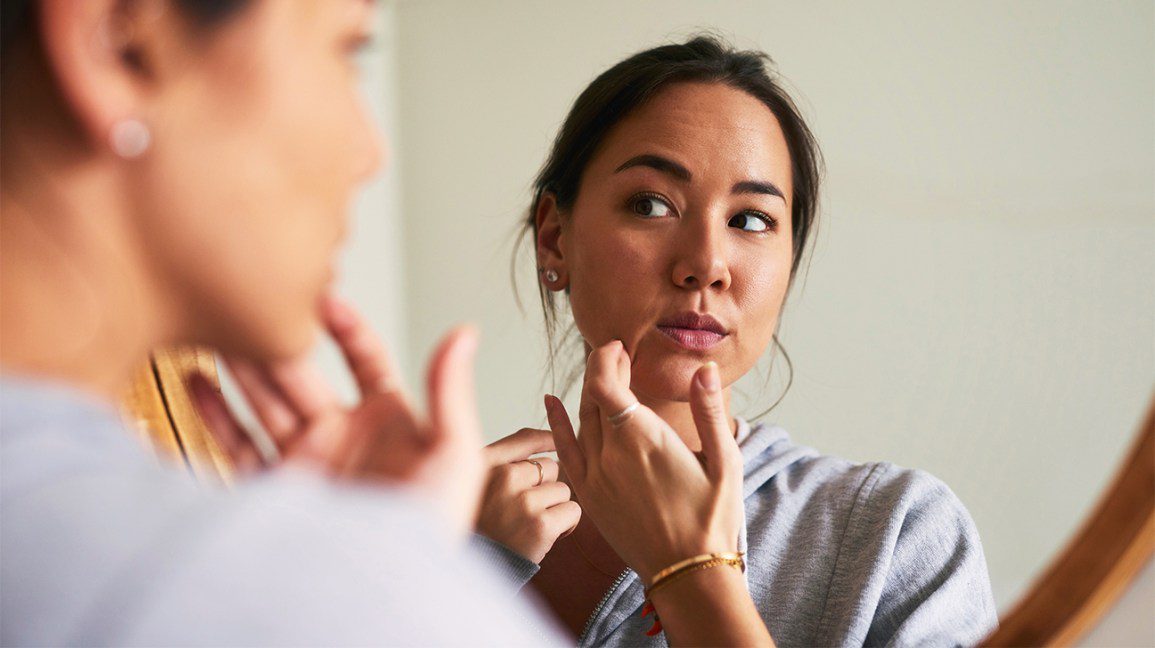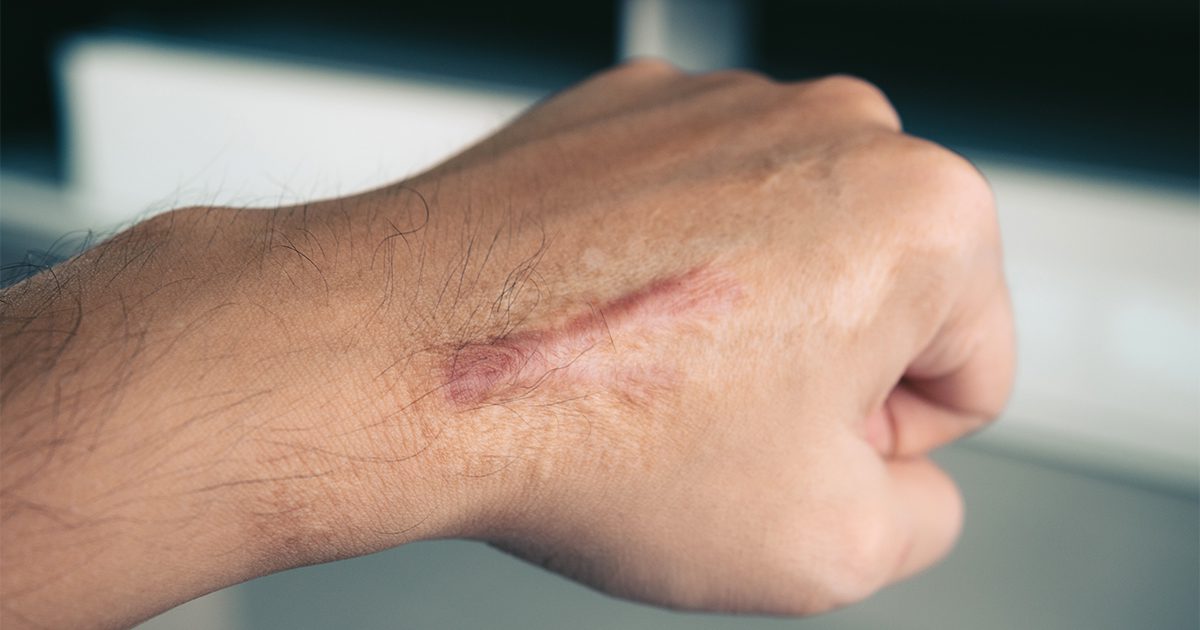What are the benefits of reconstructive burn surgery?
Although surgery will not be able to completely remove a patient’s burn scars, it will assist in improving basic functions and making scars less noticeable. Scarring can restrict movement in the neck, shoulder, hands, and legs. Surgical release of the contracture can often help a patient regain range of motion. Reconstructive burn surgery can also help with facial scarring that causes problems with the eyelids, lips, nose, or hair loss. Scars that are unusually thick, wide, or discolored may benefit from a variety of operative and non-operative procedures.
What are the options for reconstructive burn treatment?
Lets talk about face burn surgeries, it will include reconstructive surgery, co2 fractional laser, subscision, mnrf , facial PRP and also in case of males beard transplant and mustache transplant can help cover the area, also eyebrow transplant.
Scar massage, pressure garments, and other topical therapies are examples of non-operative treatments. Patients can be fitted with pressure garments by an occupational therapist at the University of Michigan. Hand therapists who specialize in the rehabilitation of burns and scars on the hands are part of the team. Scar release procedures are the most common surgical options. A plastic surgeon releases the tight scar tissue and closes the open area. Depending on the needs of the patient, there are a variety of ways to close these wounds.
The best treatment for burn scars is determined by the severity of the scars and the extent of the burns.
Apply an antibiotic cream to the affected area for first-degree burns. This will speed up the healing process while also reducing inflammation and discomfort. To prevent infection, cover your burn mark with a piece of gauze.
Wearing a compression garment can help your skin heal faster if you have second or third-degree burns. These are usually form-fitting garments that will need to be worn for several months while your burns heal. A skin graft may even be preferred by some. This method involves covering the burned area with skin from another part of your body (donor).
Depending on the location of the scar and the patient’s personal goals, skin grafts, skin rearrangement (also known as Z-plasty), and more complex skin donor flaps may be used. The majority of minor procedures are performed as outpatient procedures, but larger grafts and flaps will almost certainly necessitate an inpatient stay. Tissue expansion can be used instead of skin grafting in some cases. When tissue expansion is performed on the face, neck, arms, hands, and legs, excellent results are frequently achieved.



